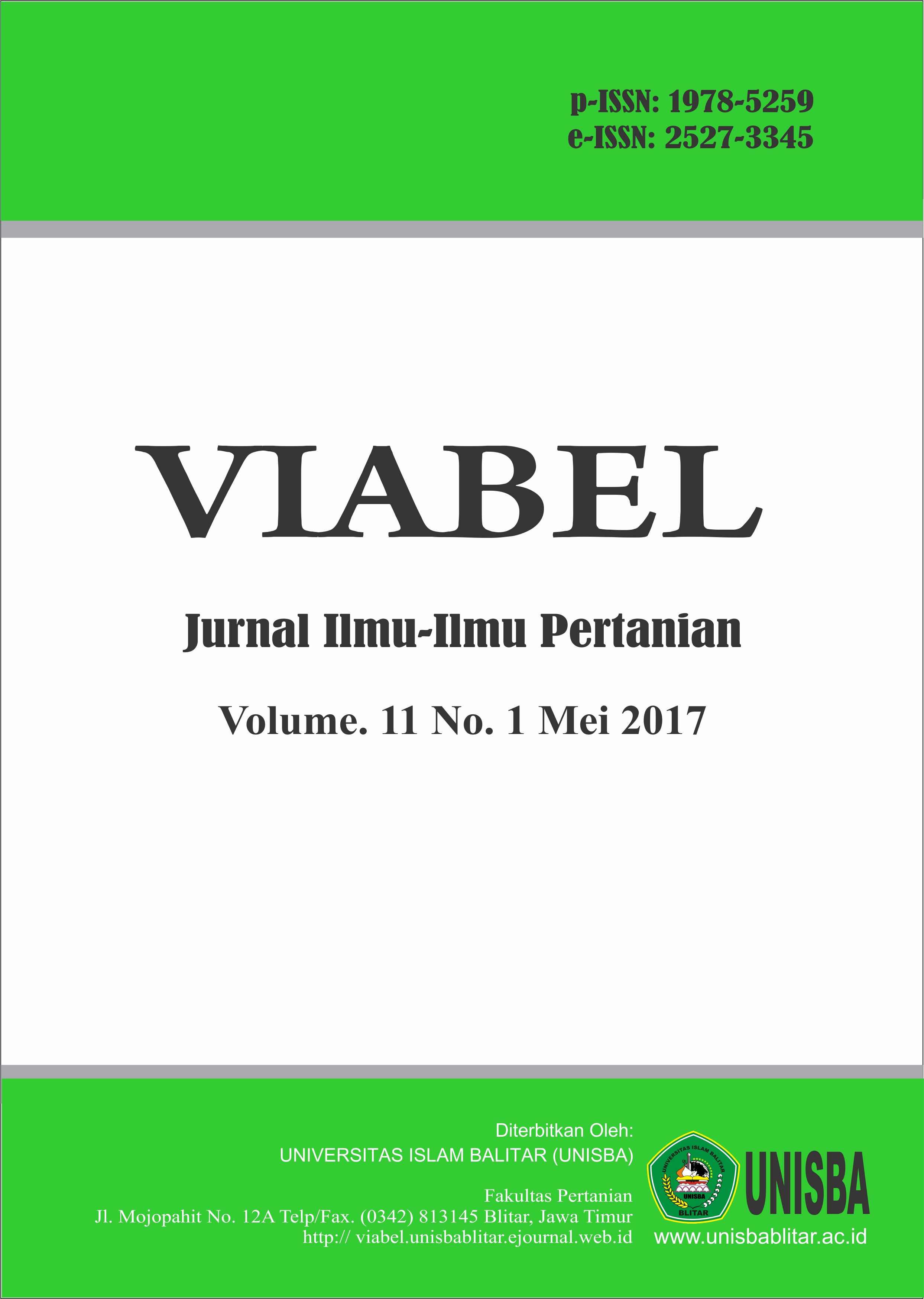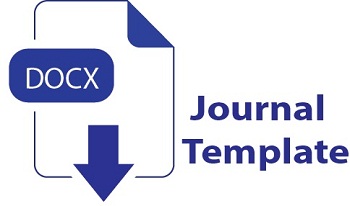Pengaruh Kombinasi Skarifikasi Dan Perendaman Auksin Terhadap Viabilitas Benih Dan Pertumbuhan Awal Semangka Non Biji (Citrulus Vulgaris Schard L)
DOI:
https://doi.org/10.35457/viabel.v11i2.264Keywords:
Watermelon, Scarification, AuksinAbstract
Watermelon cultivation has problems of seed germination. Seeds of watermelon that immediately sowing will slow in germinating, not even germinate at all. This is caused by the dormancy period of seeds, which is wrapped in seed institutions by the skin layer. Currently there has been considerable effort to improve seed viability, one using scarification techniques and soaking treatment of growth regulators. Based on the description above, the research is conducted to find out the influence of seed cutting and the effect of the old Atonic immersion on seed viability and growth of watermelon seed (Citrullus vulgaris, Schard). The method used in this research is Randomized Block Design (RAK). The first factor was no breaking (P1) and with the breaking of the seed shell (P2), the second factor was 4 long Atonic immersion (J1 = 0 min, J2 = 45 min, J3 = 90 min, and J4 = 135 min) with 3 repetitions. The Atonic concentration used is 1 ml / l of water. So there are 8 treatment combinations and 24 experimental units. Based on the results of the research, the following conclusions can be obtained: 1) there is the best combination between watermelon seedlings and duration of immersion of Auksin on viability and growth of non-seedled watermelon plants (Citrullus vulgaris), 2) Scarification combination and immersion time Auksin 45 minutes (P2J2) watermelon non seeds showed a very significant effect on seed viability and other observation variables up to 35 hst. 3) combination of scarification and duration of immersion of 45 to 90 minutes with 1 ml of perliter concentration potentially increase the viability and growth of seed seedling watermelon.Downloads
References
DAFTAR PUSTAKA
Heddy, S. 1996. Hormon Pertumbuhan. Program Penulisan Proyek Pelita Depdikbud dan Pelaksanaan Pendidikan Diploma (DIII) Universitas Brawijaya. Rajawali Press, Jakarta.
Herlina, G. 1988. Pengaruh berbagai konsentrasi atonik pada pertumbuhan vegetatif Laeliocattleya sp. Deskripsi Dokumen: http://lib.ui.ac.id/opac/themes/libri2/ detail.jsp?id=20175630&lokasi=local.
Lestari, B. L. 2011. Kajian Zat Pengatur Tumbuh Atonik dalam Berbagai Konsentrasi dan Interval Penyemprotanterhadap Produktivitas Tanaman Bawang Merah (Allium ascolanicum L.). Fakultas Pertanian Universitas Mochamad Soroedji Jember. J. Rekayasa, Vol: 4 (1) April 2011.
Liestiowaty, S. 1983. Pengaruh stimulan atonik terhadap pertumbuhan dan produksi Jagung (Zea mays L.). Skripsi. Fakultas Pertanian Institut Pertanian Bogor. 105 hal.
Mahardika, I. K. D., I. N. Rai dan. I. Wiratmaja, 2013. Pengaruh Komposisi Campuran Bahan Media Tanaman Konsentrasi IBA Terhadap Pertumbuhan Bibit Ngumpen Bali (Mangiforea caesia Jack). Program Studi Agrokoteknologi, Fakultas Pertanian Universitas Uayana. Bali.
Sadjad, S.D. 1994. Teknologi Pembenihan Hijauan. PT. Angkasa, Bandung.
Sitompul, S. M. Dan B. Guritno. 1995. Analisis Pertumbuhan dan Perkembangan Tanaman. Gadjah Mada University Press, Yogyakarta.
Ufiyani, 2003. Pengaruh Panjang Stek dan Konsentrasi Zat Pengatur Tumbuh BAP Terhadap Rejuvenasi Stek Cabang Kayu Putih (Melaleuca cajuputi). Fakultas Pertanian Universitas Tadulako.
Downloads
Published
Issue
Section
License
Copyright (c) 2017 VIABEL: Jurnal Ilmiah Ilmu-Ilmu Pertanian

This work is licensed under a Creative Commons Attribution-ShareAlike 4.0 International License.
Authors who publish with this journal agree to the following terms:
- Copyright on any article is retained by the author(s).
- The author grants the journal, right of first publication with the work simultaneously licensed under a Creative Commons Attribution License that allows others to share the work with an acknowledgment of the work’s authorship and initial publication in this journal.
- Authors are able to enter into separate, additional contractual arrangements for the non-exclusive distribution of the journal’s published version of the work (e.g., post it to an institutional repository or publish it in a book), with an acknowledgment of its initial publication in this journal.
- Authors are permitted and encouraged to post their work online (e.g., in institutional repositories or on their website) prior to and during the submission process, as it can lead to productive exchanges, as well as earlier and greater citation of published work.
- The article and any associated published material is distributed under the Creative Commons Attribution-ShareAlike 4.0 International License










.png)




